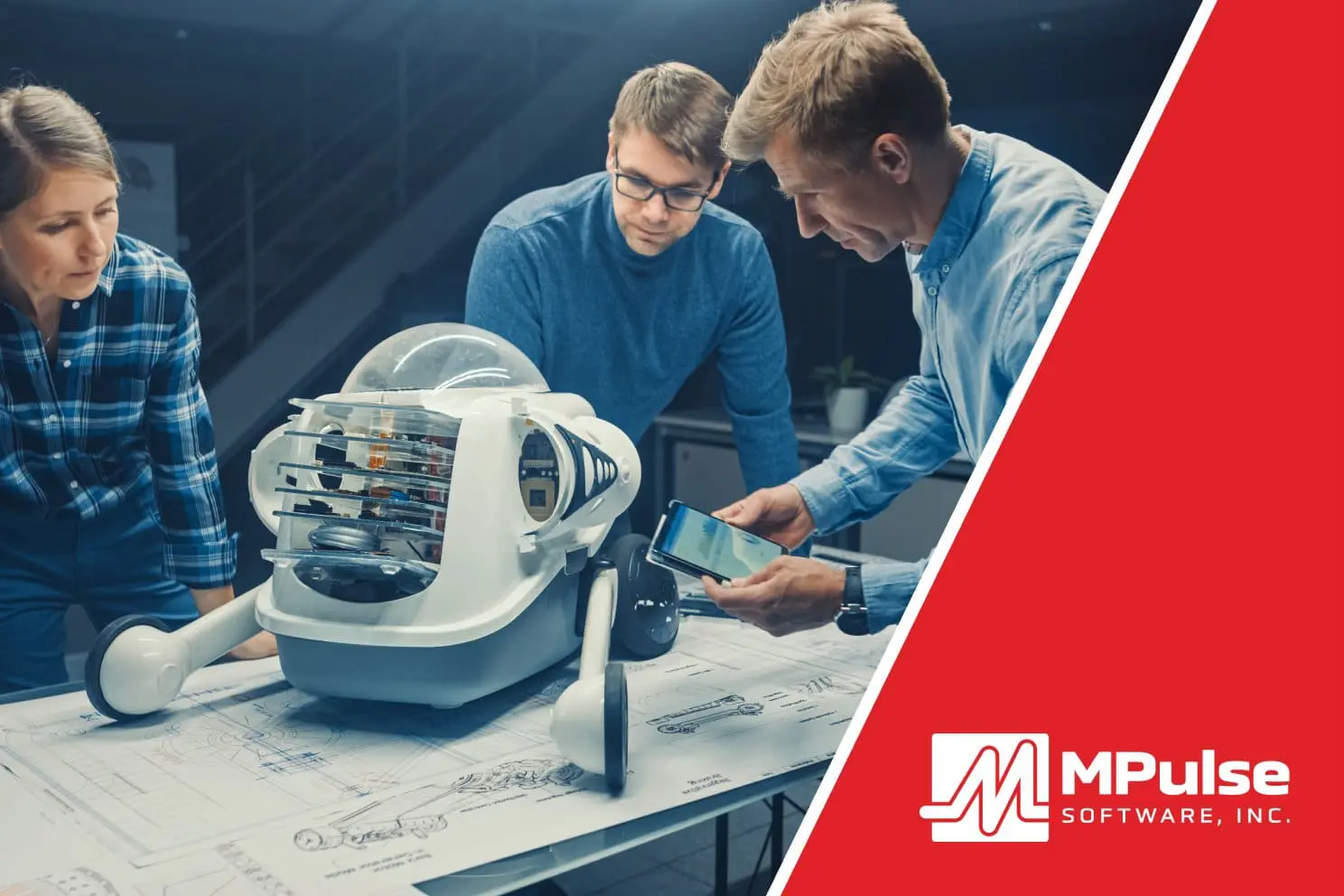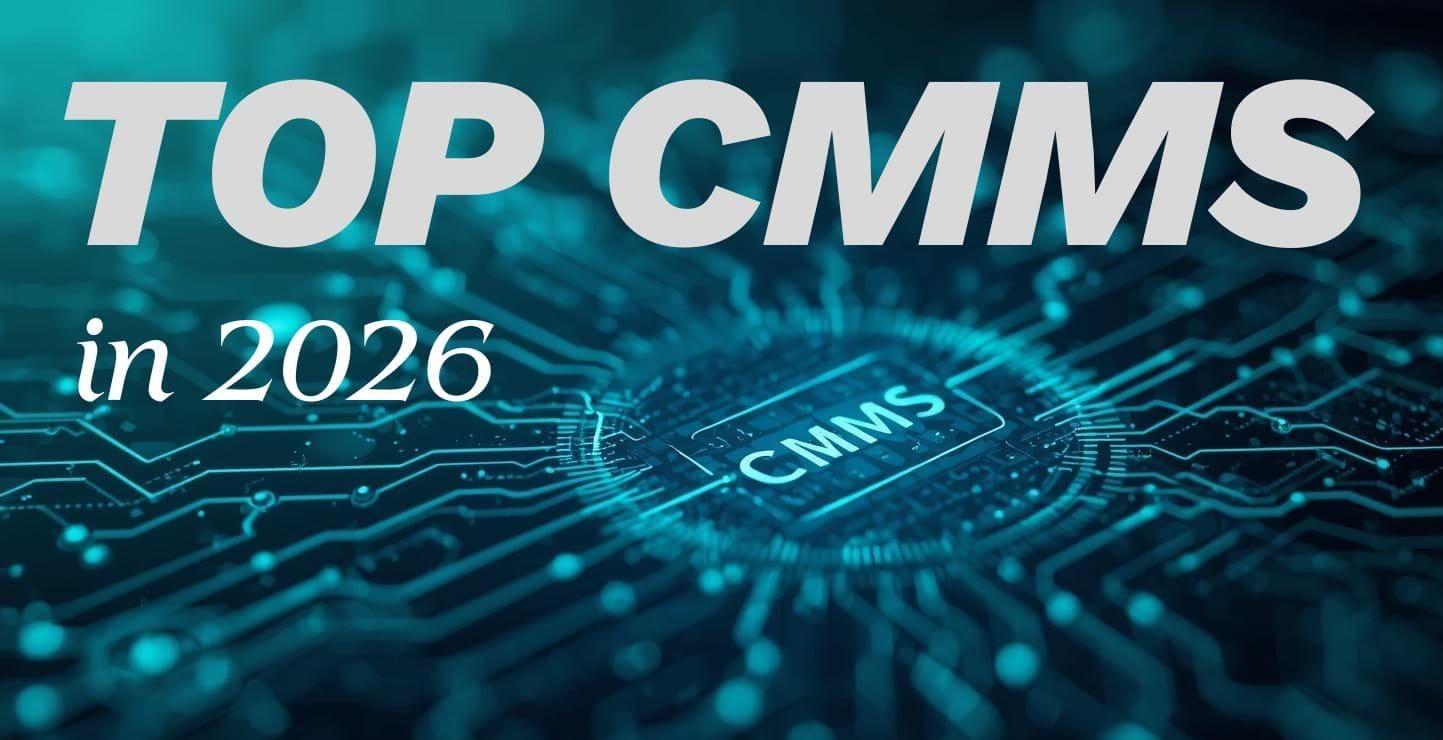Table of Contents
What is the Industrial Internet of Things?
The Industrial Internet of Things (IIoT) will change the way maintenance professionals collect asset information and exchange data with other systems.
The IIoT describes systems that gather information directly from multiple devices. For example, these devices can include computers, vehicles, smartphones, appliances, building automation systems, production equipment, and almost anything else with a sensor.
This valuable data will shape your maintenance team’s productivity and efficiency. It also means more real-time data to provide better insights into your assets, how they’re working, and what they’re really costing you.
Growth of IIoT
Mordor Intelligence anticipates growing opportunities in the Internet of Things. The global IoT market is expected to reach a value of USD 1,386.06 billion by 2026 from USD 761.4 billion in 2020 at a CAGR of 10.53%, during the period 2021-2026.
Factors spurring that growth include…
- development of wireless networking technologies
- emergence of advanced data analytics
- reduction in the cost of connected devices
- an increase in cloud platform adoption
While those are impressive numbers, adoption of the IIoT has been slower than many predicted five years ago. IIoT opportunities and impacts change as the physical and digital worlds of the organization merge.
Here’s everything you need to know about the IIoT and the challenges for your organization.
Common Challenges with IIoT
Experience
The skillsets needed for the IIoT will require retooling for your maintenance team. The implementation of the IIoT means more data (a great deal more) in real time, and maintenance personnel will need training to take advantage of the value these data streams deliver.
“Big data” analytics provide a means of turning the ever-increasing stream of asset data into actionable information. Once your team gathered data on the floor at the machine. However, the IIoT means that data will appear on a computer screen. One of the essentials of the Industrial Internet of Things is the ability to use that data efficiently to make improvements to maintenance.
Technology
The software, sensors, and controls running today’s facilities and equipment are outdated and difficult to upgrade. Companies cannot readily incorporate new features and improvements. Limited integration between internal systems (managerial apps, plant data sources) and external partners creates data silos. Plus, limited embedded computing or intelligence control exists at the device, product, or plant level.
However, network connectivity is rapidly improving across factories and other facilities, and a wider range of providers is offering higher-capacity, lower-cost cloud-based storage. Smaller, more reliable, and more intelligent sensors for virtually all types of assets and measures are becoming more readily available at affordable prices. Additionally, modern CMMS software supports data collection from IoT devices by analyzing real-time readings so maintenance teams can react faster.
Security
The number one challenge to IIoT implementation is concern about security. If your operations are exposed to the world via the Internet, how can they be protected? Of course, the anxiety is understandable. Aging operating systems and vulnerable operational technologies pose security risks because they cannot be easily retired or replaced.
As technology evolves, however so does security. There are already best practices and a wide array of evolving technologies companies can employ to minimize risk. But it’s important to remember that organizations don’t necessarily need to expose metrics or controls to the Internet to move forward. While this doesn’t eliminate the threat altogether, it does lessen it considerably.
While there is always some natural resistance to change, the manager’s job will be to help their team get past this resistance and stay ahead of the curve as technology continues to advance. We expect the IIoT will become increasingly important as younger employees, who are very comfortable with technology, enter the field.
The IIoT is here, whether you are prepared or not. It’s time to get ready.
Contact us for more information.






